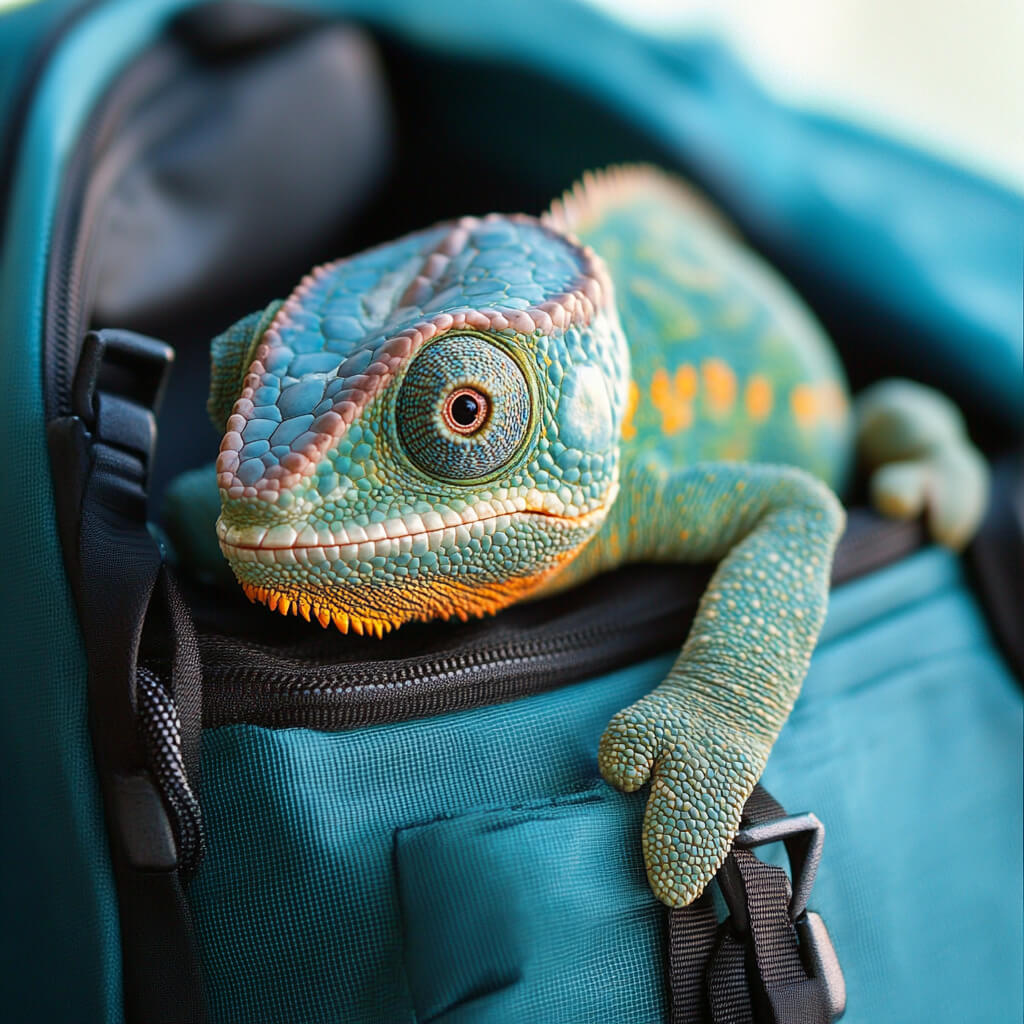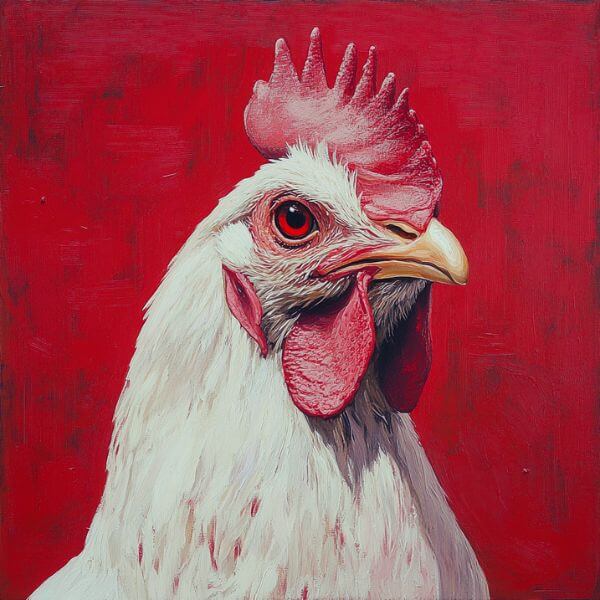The short answer is yes, chameleons can eat kale.
But like many things in life, it’s not that simple.
In the wild, chameleons are primarily insectivores, meaning they munch on bugs for most of their meals.
However, some species also nibble on plants occasionally.
In captivity, we can expand their menu a bit.
Vegetable options for chameleons can include various leafy greens, and kale is one of them.
But before you start tossing kale leaves into your chameleon’s enclosure, let’s break down the pros and cons.
Nutritional value of kale for chameleons
Kale is often touted as a superfood for humans, but what about for our color-changing friends?
Here’s a quick rundown of kale’s nutrients that can benefit chameleons:
| Nutrient | Benefit for Chameleons |
| Vitamin A | Supports eye health and immune function |
| Vitamin C | Boosts immune system |
| Vitamin K | Aids in blood clotting and bone health |
| Calcium | Essential for bone health and prevents metabolic bone disease |
| Iron | Supports overall health and energy |
Looks pretty good, right? But hold your horses (or chameleons), because there’s more to consider.
Potential risks of feeding kale to chameleons
While kale has some great nutritional benefits, it’s not all sunshine and rainbows. Here are some potential concerns to keep in mind:
- Oxalic acid: Kale contains oxalic acid, which can bind with calcium and prevent its absorption. This is a big no-no for chameleons, who need plenty of calcium.
- Goitrogens: These compounds can interfere with thyroid function if consumed in large amounts.
- Pesticides: If not organic or properly washed, kale can contain harmful pesticides.
- Digestive issues: Too much kale can lead to bloating or diarrhea in chameleons.
So, what’s a chameleon owner to do? Don’t worry, we’ve got you covered.
How to safely incorporate kale into a chameleon’s diet
If you want to add kale to your chameleon’s menu, here’s how to do it safely:
- Moderation is key: Offer kale as a treat, not a staple. Think of it like dessert for chameleons.
- Proper preparation: Always wash kale thoroughly to remove any pesticides. Preparing kale for chameleons also involves chopping it into small, manageable pieces.
- Mix it up: Don’t serve kale alone. Mix it with other chameleon-safe plants to create a varied salad.
- Calcium dusting: Consider dusting the kale with a calcium supplement to offset the oxalic acid.
Here’s a simple feeding schedule you might follow:
| Day | Food |
| Monday | Insects |
| Tuesday | Leafy greens (including small amount of kale) |
| Wednesday | Insects |
| Thursday | Different leafy greens (no kale) |
| Friday | Insects |
| Saturday | Fruits and vegetables |
| Sunday | Insects |
Species-specific considerations
Not all chameleons are created equal when it comes to diet. Here’s a quick guide to species differences:
- Veiled chameleons: These guys are more likely to munch on plants, so they might enjoy kale more.
- Panther chameleons: Less likely to eat plants, but might nibble on kale occasionally.
- Jackson’s chameleons: Primarily insectivores, but a little kale now and then won’t hurt.
Always research your specific chameleon species for the most accurate dietary advice.
Alternatives to kale for chameleon nutrition
If you’re not sold on kale, or just want to mix things up, here are some other leafy greens your chameleon might enjoy:
- Collard greens
- Dandelion greens
- Mustard greens
- Turnip greens
- Swiss chard (in moderation)
Remember, variety is the spice of life, even for chameleons!
Maintaining chameleon health through diet
A balanced diet is crucial for chameleon health. Here are some key points to remember:
- Calcium is king: Chameleons need a calcium to phosphorus ratio of about 2:1.
- Vitamin A matters: But too much can be harmful, so be careful with supplements.
- Hydration is crucial: Ensure your chameleon has access to clean, fresh water.
- Gut loading: Feed your feeder insects a nutritious diet before feeding them to your chameleon.
By following these guidelines, you can help prevent issues like metabolic bone disease and other nutritional deficiencies.
FAQs about chameleons and kale
How often can chameleons eat kale?
Offer kale no more than once a week as part of a varied diet.
Can baby chameleons eat kale?
It’s best to wait until they’re adults. Baby chameleons need more protein from insects.
What are the signs of kale overconsumption in chameleons?
Watch for digestive issues like diarrhea or changes in behavior or appetite.
Are there any chameleon species that should avoid kale entirely?
While no species needs to avoid it entirely, some (like Jackson’s chameleons) may show less interest in plant matter.
Can kale replace other vegetables in a chameleon’s diet?
No, kale should be part of a varied diet, not a replacement for other veggies.
Conclusion
So, can chameleons eat kale? Yes, they can, but in moderation and as part of a balanced diet.
Kale can provide some valuable nutrients, but it’s not a miracle food for chameleons.
Remember, your colorful friend’s main course should still be insects, with veggies like kale playing a supporting role.
Keep an eye on your chameleon’s health, offer a variety of foods, and don’t be afraid to consult with a reptile vet if you have concerns.
With the right approach, you can ensure your chameleon stays healthy, happy, and maybe even a little greener – both in diet and in color!







Leave a Reply